Human beings are incredibly talented creatures. Within each of us is an immense cache of imagination, creativity, determination, and talent. When humans make use of their ingenuity and skill, they create indescribably astounding wonders that captivate the imagination and awe of the world. And as Filipinos, we are proud and honored to have one of those wonders—the mighty and internationally recognized Banaue Rice Terraces.

Banaue is a fourth class municipality in the province of Ifugao, Philippines. According to the 2010 census, it has a population of 22,365 people.

A village of Banaue in the province of Ifugao, Batad is famous for its amphiteater-like rice terraces, one of the five clusters of rice terraces in Ifugao that are inscribed in the UNESCO World Heritage Site list since 1995.
The Banaue Rice Terraces are 2,000-year-old terraces that were carved into the mountains of Ifugao in the Philippines by ancestors of the indigenous people. The Rice Terraces are commonly referred to as the "Eighth Wonder of the World".
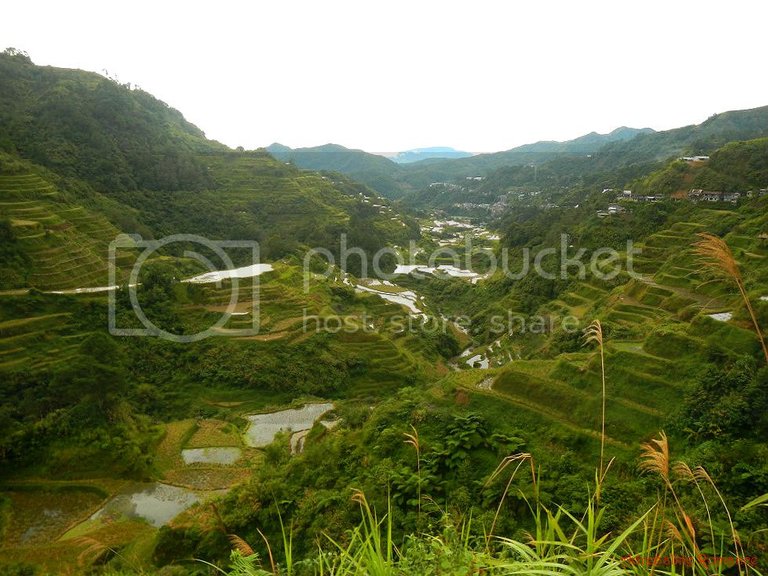
The terraces are carved in the mountains of Ifugao and were most likely done by hand.
There have been rice terraces in the mountainous regions of Ifugao and northern Luzon Island for over 2,000 years.
The terraces were first constructed as a practical solution to the problem of growing rice on land that falls away in front of you at vertigo-inducing angles.
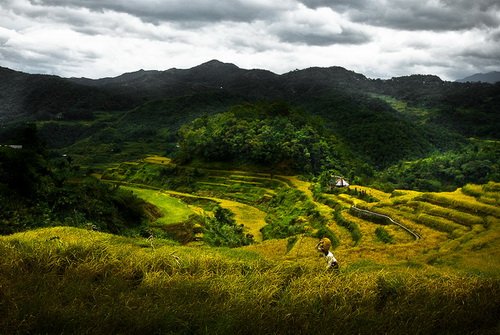
The terraces soar to around 1500 m above sea level and, since they are located in one of the most remote parts of the Philippines' main island of Luzon, it takes a bit of a trek to get there, a fact that seems to deter the usual cavalcade of coach-bound tourists.
The business traveler in search of a little refreshment for the soul may find the effort well worthwhile.
The most popular place to look at the rice terraces is called the Sunrise Viewpoint, where local Igorot tribes people pose for photographs and sell wood carvings.
But it is also possible to set out on foot along the pathways across the rice paddies, their banks scattered with scarlet wild flowers that contrast spectacularly with the vivid green of the rice plantings.
It is best to hire a guide if you want to adventure yourself in the rice terraces as you might get lost otherwise. These mountain hikes can take hours but the views of the terraced valleys are breathtaking and in one or two places there are waterfalls and natural swimming holes where one can ease away the aches and strains of the hike.

The rice terraces here were declared in 2009 free from any genetically modified organisms. Farming in the area is carried out much the same way it was carried out hundreds of years ago.
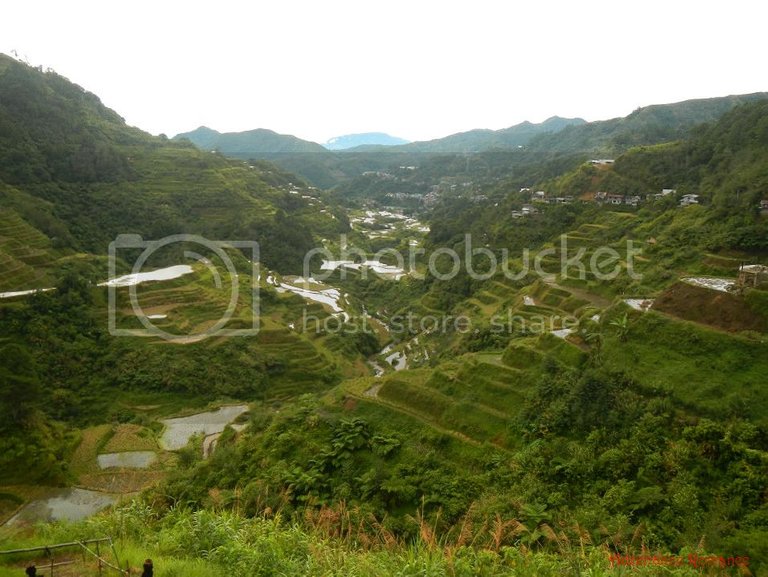
The Banaue rice terraces and its neighboring terraces are fed by a massive and intricate irrigation system fueled by springs, waterfalls, and other water sources in the rainforests above the mountains. This waterfall is one of those sources.

Locals still plant rice and vegetables on the terraces much like their ancestors did. However, a large percentage of today’s Ifugaos prefer the more profitable tourism and hospitality industry that has sprung up from the Banaue Rice terraces.
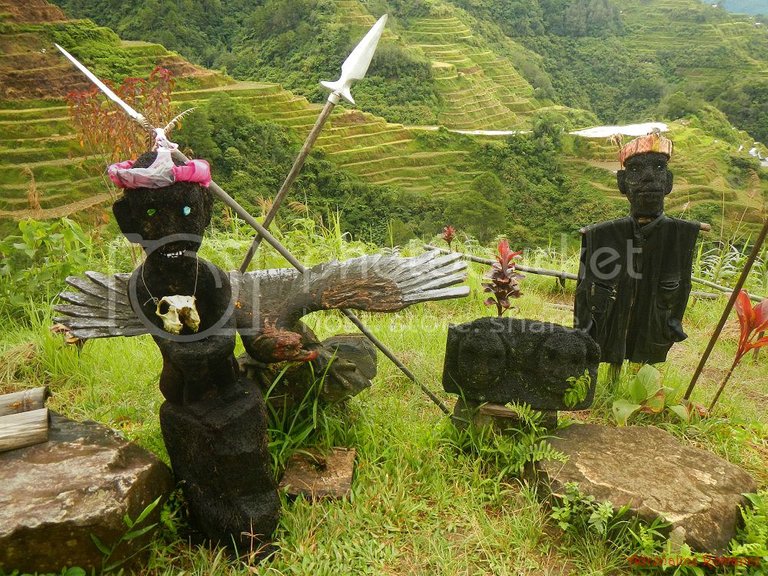
Carved wooden sculptures of rice anitos, or guardian spirits, stand watch over the prized terraces.
Hope You ENJOY. This is Hubby from the Phillipines.

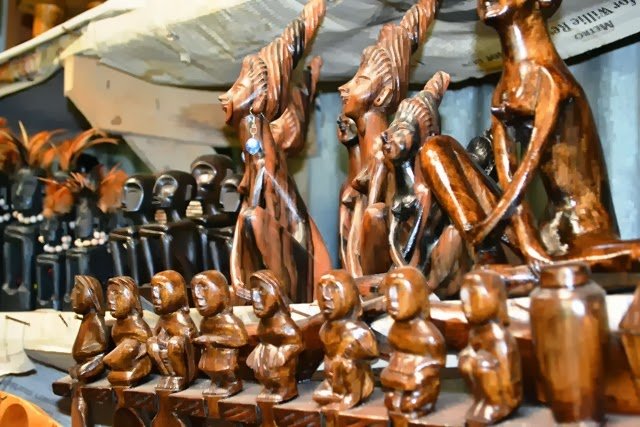


This is awesome. nice view.
wow amazing views. thanks